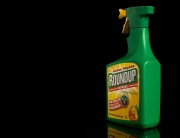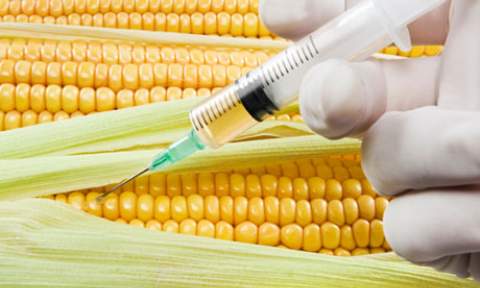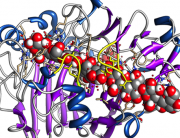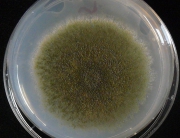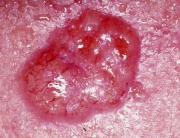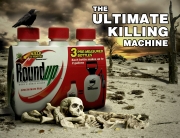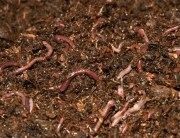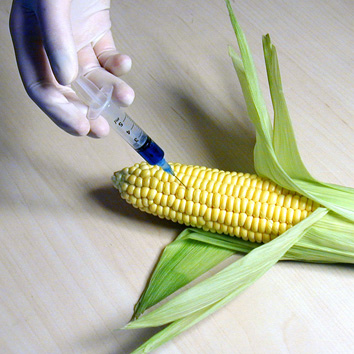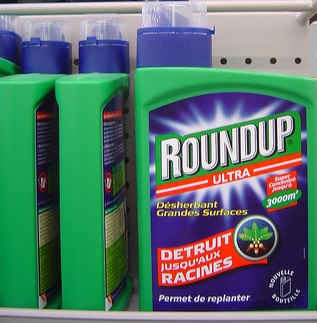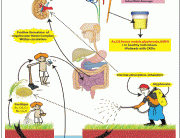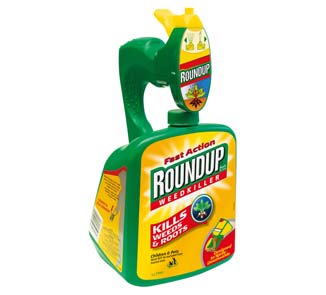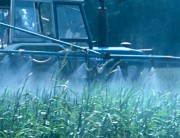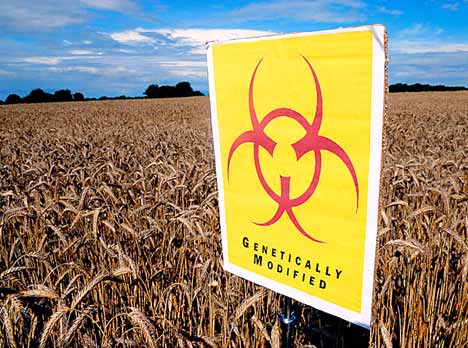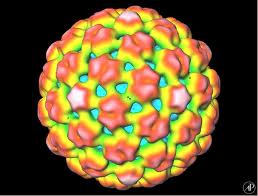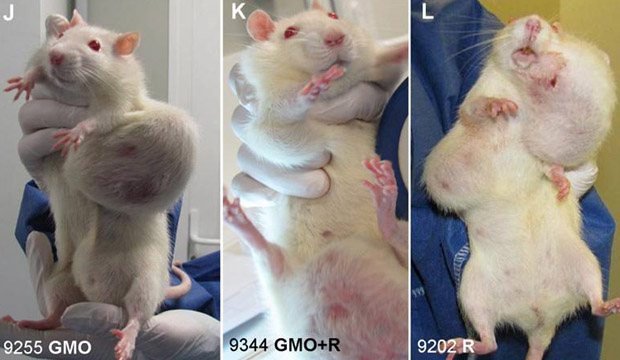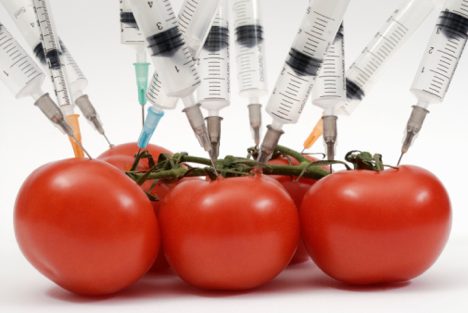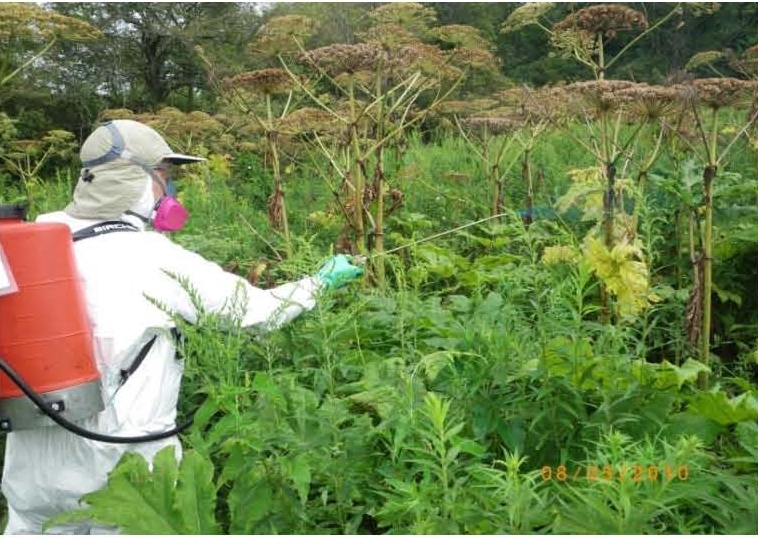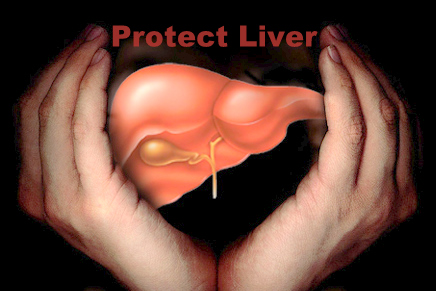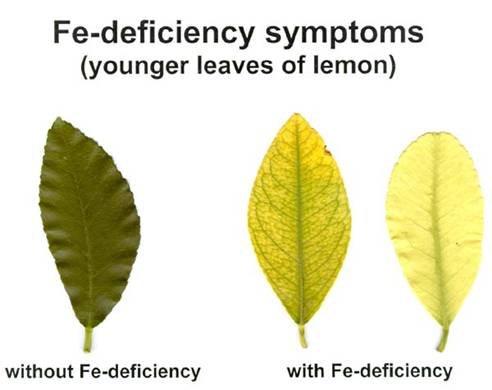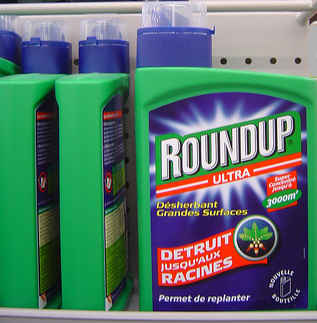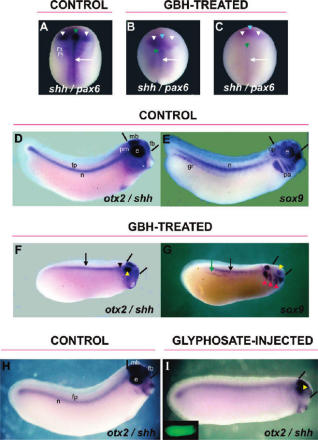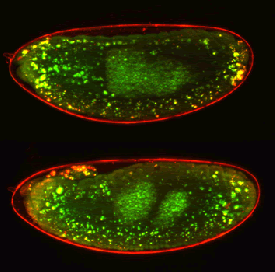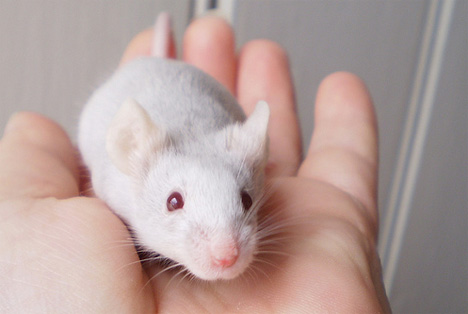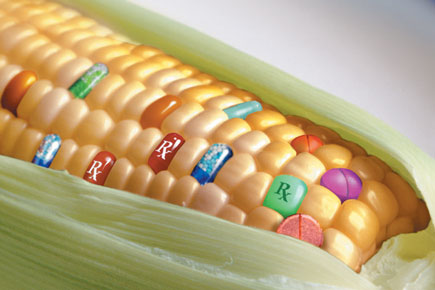This research from Birmingham City Hospital regarding Glyphosate shows that there is a reasonable correlation between the amount of Roundup ingested and the likelihood of serious systemic sequelae or death. Ingestion of >85 mL of the concentrated formulation is likely to cause significant toxicity in adults.
Source: ncbi.nlm.nih.gov
Abstract
Glyphosate is used extensively as a non-selective herbicide by both professional applicators and consumers and its use is likely to increase further as it is one of the first herbicides against which crops have been genetically modified to increase their tolerance. Commercial glyphosate-based formulations most commonly range from concentrates containing 41% or more glyphosate to 1% glyphosate formulations marketed for domestic use. They generally consist of an aqueous mixture of the isopropylamine (IPA) salt of glyphosate, a surfactant, and various minor components including anti-foaming and colour agents, biocides and inorganic ions to produce pH adjustment. The mechanisms of toxicity of glyphosate formulations are complicated. Not only is glyphosate used as five different salts but commercial formulations of it contain surfactants, which vary in nature and concentration. As a result, human poisoning with this herbicide is not with the active ingredient alone but with complex and variable mixtures. Therefore, It is difficult to separate the toxicity of glyphosate from that of the formulation as a whole or to determine the contribution of surfactants to overall toxicity. Experimental studies suggest that the toxicity of the surfactant, polyoxyethyleneamine (POEA), is greater than the toxicity of glyphosate alone and commercial formulations alone. There is insufficient evidence to conclude that glyphosate preparations containing POEA are more toxic than those containing alternative surfactants. Although surfactants probably contribute to the acute toxicity of glyphosate formulations, the weight of evidence is against surfactants potentiating the toxicity of glyphosate. Accidental ingestion of glyphosate formulations is generally associated with only mild, transient, gastrointestinal features. Most reported cases have followed the deliberate ingestion of the concentrated formulation of Roundup (The use of trade names is for product identification purposes only and does not imply endorsement.) (41% glyphosate as the IPA salt and 15% POEA). There is a reasonable correlation between the amount ingested and the likelihood of serious systemic sequelae or death. Advancing age is also associated with a less favourable prognosis. Ingestion of >85 mL of the concentrated formulation is likely to cause significant toxicity in adults. Gastrointestinal corrosive effects, with mouth, throat and epigastric pain and dysphagia are common. Renal and hepatic impairment are also frequent and usually reflect reduced organ perfusion. Respiratory distress, impaired consciousness, pulmonary oedema, infiltration on chest x-ray, shock, arrythmias, renal failure requiring haemodialysis, metabolic acidosis and hyperkalaemia may supervene in severe cases. Bradycardia and ventricular arrhythmias are often present pre-terminally. Dermal exposure to ready-to-use glyphosate formulations can cause irritation and photo-contact dermatitis has been reported occasionally; these effects are probably due to the preservative Proxel (benzisothiazolin-3-one). Severe skin burns are very rare. Inhalation is a minor route of exposure but spray mist may cause oral or nasal discomfort, an unpleasant taste in the mouth, tingling and throat irritation. Eye exposure may lead to mild conjunctivitis, and superficial corneal injury is possible if irrigation is delayed or inadequate. Management is symptomatic and supportive, and skin decontamination with soap and water after removal of contaminated clothing should be undertaken in cases of dermal exposure.
Authors









